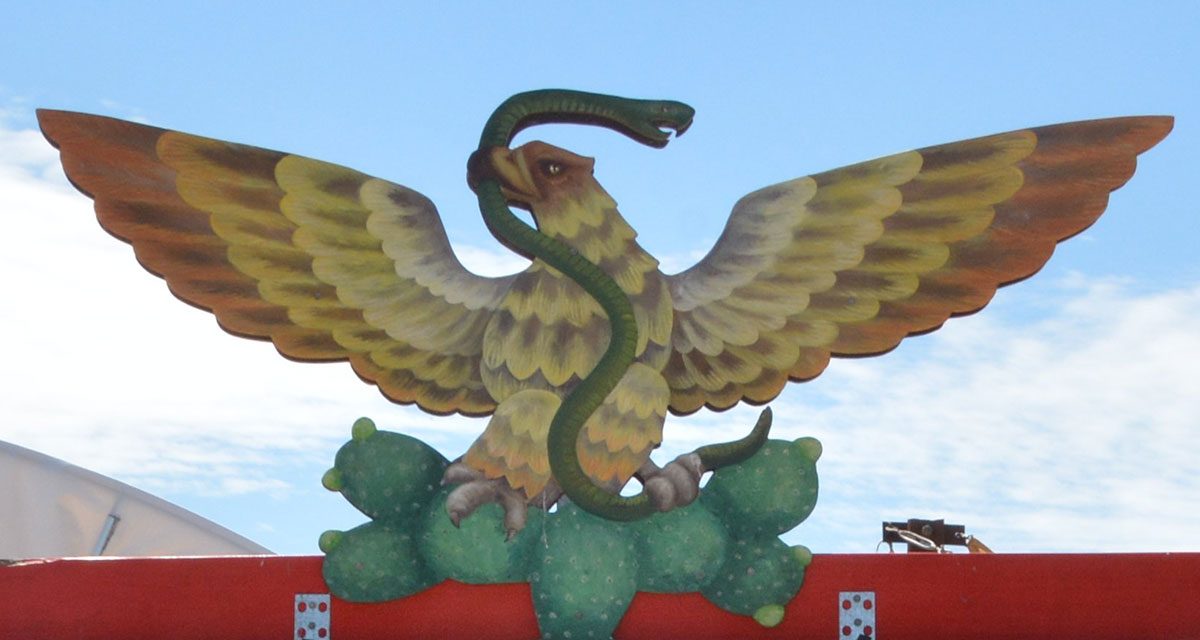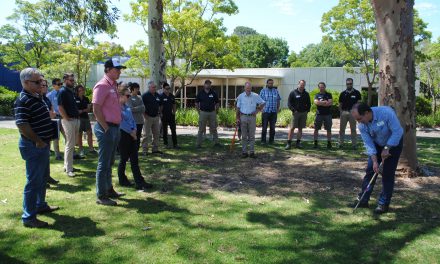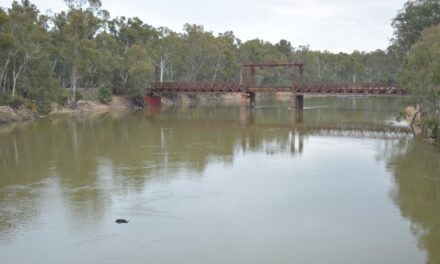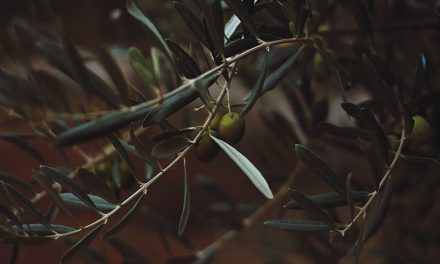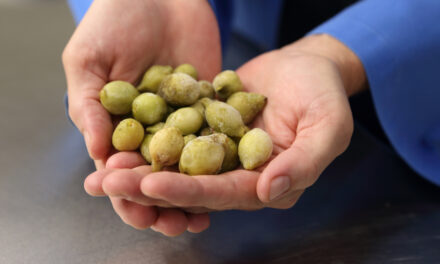They have written songs about it, first the Champs with Tequila and more recently the Eagles with Tequila Sunrise, but in little Strathmerton in northern Victoria Small Farms caught up with a visionary family farming Australia’s (and one of the world’s) largest cacti and succulent enterprises. Where their plans for the next chapter in this remarkable story have come from somewhere way out there in left field.
It’s a quirky little green sign. Of a cactus capped with a sombrero. You’ll only see it if you are on the Murray Valley Hwy, and if that trip is taking you to, or through, Strathmerton.
Either way, if you miss it then you have missed something so unexpected and so out of place you may well have wasted your trip.
Unless you get back there post haste and pay closer attention to that little green sign.
Because it will take you into worlds far, far away.
Such as the Sonoran desert, with those huge, man-like cacti casting their mournful shadows across the arid countryside, which mostly sprawls across Arizona and spills across the border into northern Mexico (and hang onto that address for later) – and not along the Murray River in northern Victoria.
And to a large degree that’s exactly the idea.
To some, Cactus Country conjures images of Palm Springs, to others Albuquerque, New Mexico (right next door to Arizona) the next. Or even an example of the 1000km of the Atacama, stretching down South America.
So it’s no understatement to point out that what separates Cactus Country from other ambitious enterprises in the region is variety.
It is home to eight garden trails blooming with cactus plants from around the globe; wending their way through a staggering 10 acres of cacti and succulents.
Each trail serves to provide an individual and intimate experience for the explorer who has managed to get off the beaten track and into this otherworld.
Here is a breathtaking expanse so big you won’t first grasp the dream, and the drive, that has turned the hobby of one generation into the passion of a second and now the pride of a third.
But to fill in the blanks Jim Hall’s fascination for cacti began as child, watching his father passionately and painstakingly creating the collection that would become the cornerstone of Cactus Country.
Because even as a child Jim had divined the magic of his father’s plants; he would closely observe the sheer delight of the many people who came to check out his father’s garden, amazed and enthralled by the shapes, sizes and colours of his plants.
So when his father decided to sell his collection in 1979, Jim decided there was no way it was going anywhere.
But the timing wasn’t great – in three months Jim was due to marry Julie, a local schoolteacher bereft of any gardening background.
So with that limited skillset they took a deep breath and bought the lot.
And that’s when the struggle really began.
Today their son John, by and large, is the king of the cacti and he knows his heritage well.
“For the first four years they looked after the plants on their three-acre property, slowly propagating new seed and planting bigger specimens to allow them to grow faster,” John recalled.
“Of course they still had to make an income, so mum continued to teach and dad picked fruit at local orchards and pruned in the winter,” he said.
“It was a frustrating time because they could see a great opportunity to develop a cacti and succulent garden for tourists, but they didn’t have the finance to back up the plans.
“Dad worked very hard, even growing tomatoes and strawberries to try and get ahead to be able to finance their vision and four more years down the track they purchased this property, which was a peach orchard; bulldozed the trees and began setting up the gardens.”
In 1984 they purchased a second collection, which had belonged to Ed Kroemer, a bachelor from Loxton in South Australia who had travelled the world collecting cacti.
When he died he requested in his will his collection be kept together and his brothers and sisters took more than a year to connect with the Halls.
On October 21 in 1988 Spikes and Blooms officially opened and since then the gardens have grown from half an acre to more than 10 acres – and been rebranded Cactus Country.
And now back to 2018 and the allure of every one of those acres.
Where John stands tall, surrounded by his family’s legacy, imposing man and imposing backdrop but still, in his mind, very much a work in progress.
John is a man driven by change, determined to make his mark on enhancing the Cactus Country experience for visitors through innovation.
Like a great athlete or brilliant surgeon there is no doubt that his every waking thought (and probably dreams too) is dictated by an unrelenting desire to improve.
He said there was a surprise element to Cactus Country’s wonder and beauty that has built an equally diverse, even organic, and ever expanding fan base from around Australia and the world.
“It’s just so unique and different and I think that blows people away when they walk through that first archway and into the garden – they’ve just got no idea what they’re in store for,” John said.
Unless you truly understand the obsession that combines the farmer’s connection with the land and the agony and ecstasy of seasons and crops good and bad, it would be hard to appreciate the sheer scope of this operation.
John said the family’s cactus farm was the biggest in the southern hemisphere; its gardens rank in the top five for largest in the world.
And it’s right here in Strathmerton – in the driest continent in the world and a vast land without a single native cactus.
Older Australians can certainly relate horror stories of introduced species, such as the prickly pear, brought here in the 1800s to kick-start a cochineal dye industry and provide natural agricultural fences.
What it did provide was one of Australia’s first massive biological disasters (the rabbit, for one, got started much earlier) as it went from yet another good idea to invasive nightmare, laying waste to thousands and thousands of square kilometres of farming and grazing country.
In the 1920s it was conquered by the introduction of a second foreign species, the South American moth Cactoblastis Cactorum, whose larvae ate the prickly pear faster than it could grow.
Fortunately three generations of the Hall family have much more sense than some of our founding forbears.
Judging from the sparkle in John Hall’s eyes the next big thing in his prickly plants and succulent siblings is just over the horizon.
The distinctive nature of the setting, he said, had enabled the business to tap into a range of new ventures.
“Simply put, there’s nothing else like it in Australia. We even had a wedding here last year for a couple from Queensland,” John explained.
Now if you have hung onto that word Mexico, you might begin to get the drift of what’s coming next.
If you think the Halls have built a genuine one-off in Australia, they’re about to have a crack at another.
Tequila.
Another niche market where John sees another spectacularly exciting opportunity for this little gene pool of left-field thinkers.
John wants the family to go into that most Mexican of international drinks – although they may have to give it a slightly more Down Under derivation because only the drink made in Mexico can be marketed as tequila (a bit like the French and their fixation on things such as champagne).
But this is a big dream which will entail starting from the very bottom of the production chain.
It might be a five- to seven-year plan but it would be another first for the family.
Tequila, in case you didn’t know, is made from the agave, a group of some 225 species of fleshy-leafed succulents found from the southern US through the Caribbean and Central America to Venezuela and Colombia. Some species take decades to bloom and most only bloom once.
Making John a man on a mission; a fact-finding mission in the first instance, a journey certain to take him to Mexico and back, in search of how to make a decent drop of tequila.
He said while the adventure would be a long learning curve to a finished product, it was also incredibly exciting/
“You’ve got to grow the plants for five to seven years until maturity to cut them open and start producing, start experimenting, start getting the flavors right, understanding (them),” he said.
Cactus Country would initially sell its finished product directly through its shop, rather than commercially, preferring to parcel it together with the experience the farm offers.
Right now John does not profess to be a tequila professional, rather an enthusiast on his way to being a connoisseur.
“Whenever I go to Mexico, I try it, tour factories … I’m certainly not an expert, but I certainly love the flavours,” he said.
“At the moment, the focus is getting from where we are now, to producing that first batch – it’s going to take quite bit of help.
“It’s going to be a learning journey for anyone who tries to produce it. We don’t doubt it’s a big project, but it’s certainly something worth looking into … an incredible challenge.”
Well his DNA would suggest that’s a challenge he is more than up for.
He is certainly not shy of ambition, an invaluable commodity in any business manager or owner.
Besides the venture into tequila, there is also the dream of building an amphitheatre to enhance the live music experience – a service the establishment already provides on occasion.
A lot of what Cactus Country provides is done with the intention of offering something different.
“We really want to create a space here that not only the many tourists who come to our region can enjoy, but something really unique for our locals,” he said.
As a benchmark for the growing concern that is cactus Country, it has gone from annually ushering around 7000 visitors through the gates a few years ago to budgeting for more than 20,000 in calendar 2018.
In a town of just 1000 people.
They are certainly punching above their weight – and one day we may all get to drink to that.

